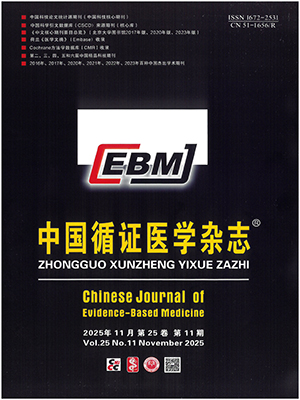Objective To assess the effect of atraumatic restorative treatment (ART) on decayed deciduous and permanent teeth in children.
Methods Such databases as CENTRAL of The Cochrane Library, MEDLINE, EMbase, CBM, CNKI, and VIP were searched, and the China clinical trial register center were also searched. The search was conducted by the end of April, 2009 to collect the randomized controlled trials (RCTs) of ART vs. conventional restorative treatment (CRT) for childhood caries. The data extraction was performed by two reviewers independently. The quality of the included studies was critically assessed and the data analyses were performed by the Cochrane Collaboration’s RevMan 5.0.2 software.
Results A total of seven randomized controlled trials were included. Only was the descriptive analysis conducted because of the difference of restorative materials used in each study, the types of target teeth, the measure indexes, and the year limit of follow up, which showed that, most of the included studies suggested that the survival rate of restorative materials in all types of caries hole was similar between the ART group and the CRT group; only a few studies suggested that the CRT group was superior to the ART group; the children in the ART group felt more comfortable than those in the CRT group during the treatment procedure; two studies compared the working time and got an opposite results.
Conclusion Because of the higher clinical heterogeneity of the include studies, the merger analysis fails to be conducted, so it is impossible to get a precise conclusion about the effect of treating childhood caries with ART vs. CRT, and more RCTs with high quality are needed for confirmation.
Citation: Meryemgul Pettar,ZHAO Jin,WU Taixiang,Nurbiye Memetimin,LIU Zhenhua. Atraumatic Restorative Treatment versus Conventional Restorative Treatment for Childhood Caries: A Systematic Review. Chinese Journal of Evidence-Based Medicine, 2011, 11(4): 413-418. doi: 10.7507/1672-2531.20110072 Copy
Copyright ? the editorial department of Chinese Journal of Evidence-Based Medicine of West China Medical Publisher. All rights reserved
-
Previous Article
Cytidine Diphosphate Choline for Acute Stroke: A Meta-analysis -
Next Article
The Effect of Music Therapy for Childbirth: A Meta-analysis




